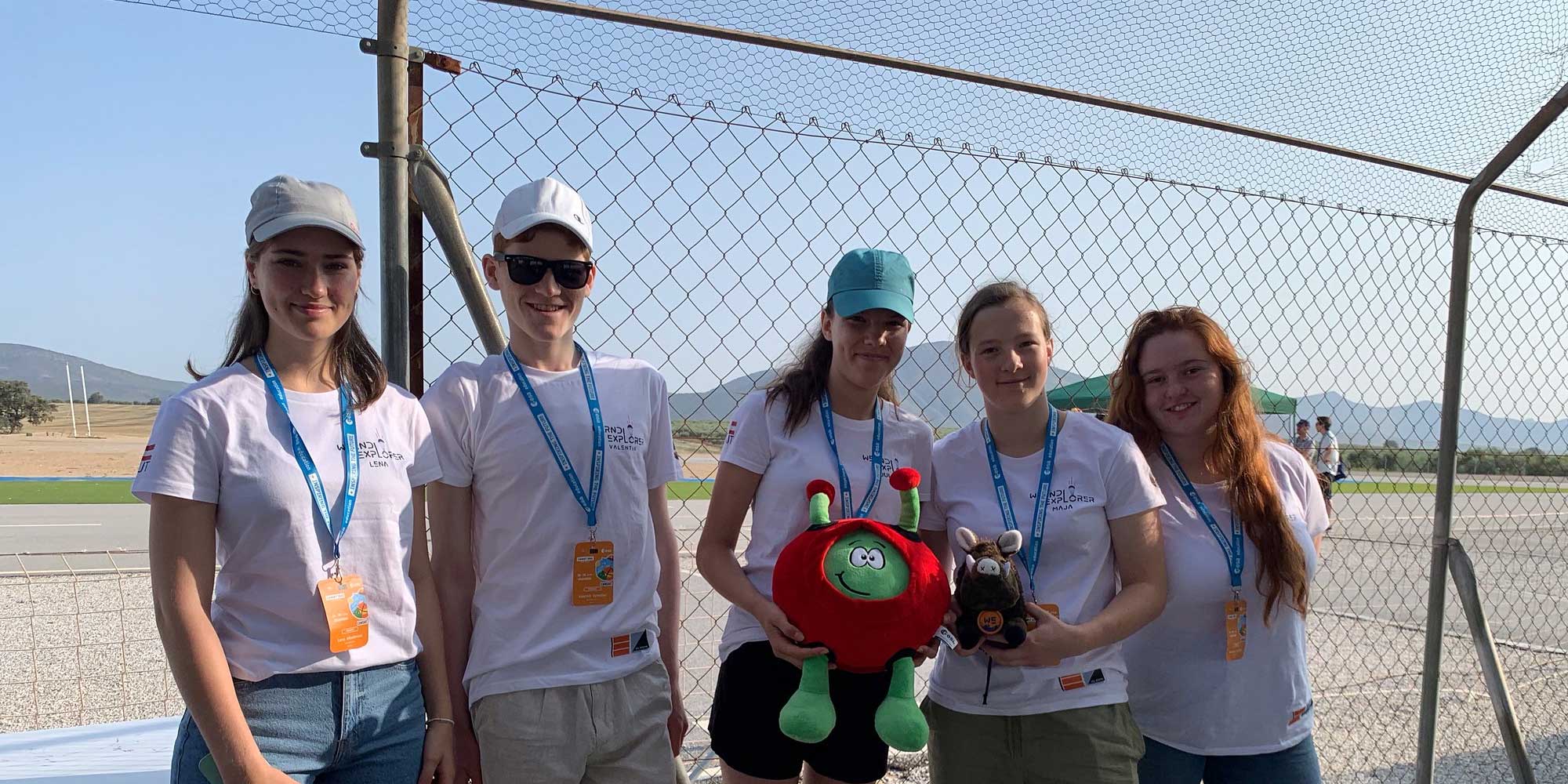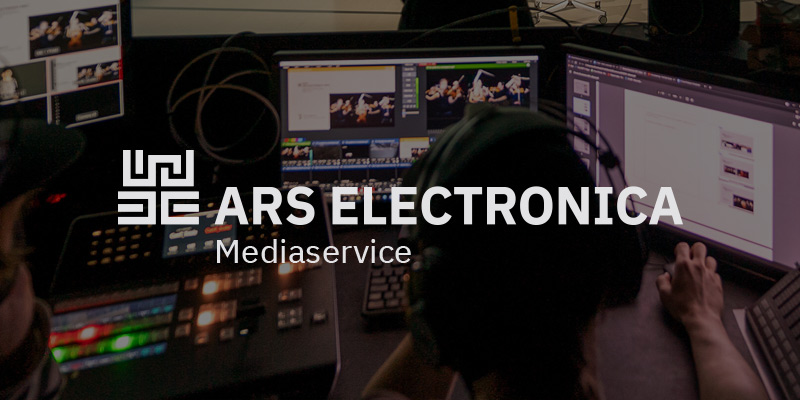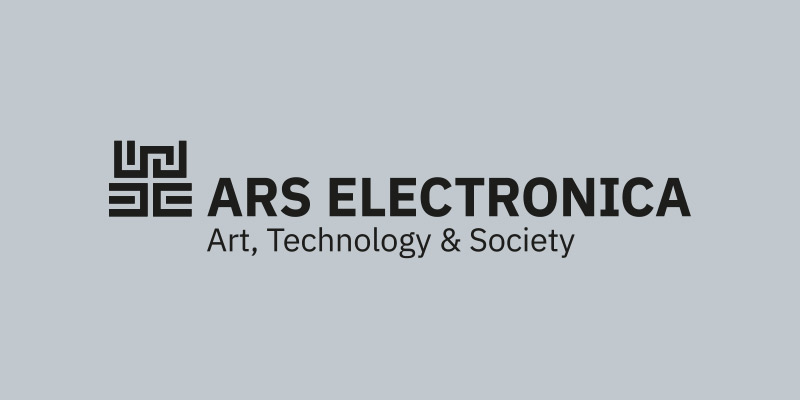- Press release as PDF
- More about ESERO Austria
- Images via Flickr
- Team “WerndlExplorer” on Instagram
(Linz/Granada, July 4, 2023) Twenty-six teams of students from all over Europe traveled to Granada from 26 to 30 June to compete in the finals of the CanSat competition of the European Space Agency (ESA) with their self-built satellites (Sat) the size of a can. Months before, they had won the respective competitions in their countries and secured their final tickets with a lot of creativity and technical expertise. The Austrian team “WerndlExplorer” took part – and was highly successful. The six students from BG/BRG Werndlpark and HTL Steyr achieved a great first place in the “Best Outreach” category and were particularly convincing with the innovative idea of setting up real-time access to the data received in the ground station during the flight. The jury was thus able to follow the mission success live in the open source program “Grafana” and via push notifications on their mobile devices. “WerndlExplorer” also scored points with their uniform branding for the media appearance, the ground station and even the CanSats themselves.
“We are totally thrilled with this event here. From the very beginning the atmosphere was very cheerful and also companionable and you get to know so many great people. The jury members are also super, they took a lot of time for us and gave us one or two tips. They are very smart people and so friendly and honestly interested. Later in your professional life, you hardly ever get a chance like this, and it’s also very important to gain this kind of experience at an early stage,” said the students, looking back on the events of the past few days.
Mission Planet B
In a CanSat competition, the participating student teams have to go through all phases of a real space project: from mission selection and construction of a satellite (a CanSat) to rocket launch and scientific analysis of the acquired data. In the context of a self-selected mission, the “WerndlExplorer” team explores the surface of a fictitious Earth-like planet B, using an AI system to analyze the images taken by a camera attached to the CanSat and categorize them according to landscape type. A seed ejection is triggered via the parachute shock – this function should enable the autonomous cultivation of plants on the fictitious planet B.
In the 2022/23 school year, the sixth Austrian CanSat competition for students aged 14 and older took place. In addition to technical skills and scientific knowledge, soft skills such as teamwork and interdisciplinary thinking are also trained.
This is ESA
The European Space Agency is dedicated to the peaceful exploration and use of space for the benefit of mankind. Founded in 1975, today 22 countries participate in ESA to expand the frontiers of science and technology and promote economic growth in Europe.
This is ESERO Austria
On behalf of the European Space Agency ESA, ESERO supports teachers in using the fascination of space to inspire young people for STEM topics. ESERO Austria has been active at the Ars Electronica Center Linz on behalf of ESA and FFG/bmk since 2016. In addition to challenging competitions for students and helpful teaching materials, ESERO also offers advanced training for teachers and a wide range of opportunities for teaching.





